Hibiscus flowers, with their vibrant colors, exotic shapes, and tropical allure, are one of the most popular and eye-catching flowering plants for home gardens, patios, and landscapes. Known for their bold blooms and striking foliage, hibiscus plants add charm to any outdoor or indoor space. But one question frequently asked by gardeners and plant lovers alike is: “How long do hibiscus flowers stay in bloom?”
The answer varies depending on the hibiscus variety, environmental conditions, and care practices. Some hibiscus blooms may last only a day, while others remain open for several days or even longer. In this comprehensive article, we’ll explore the blooming habits of different hibiscus types, factors that affect bloom duration, and tips to prolong the flowering season and maintain healthy, vibrant plants.
Understanding Hibiscus: A Quick Overview
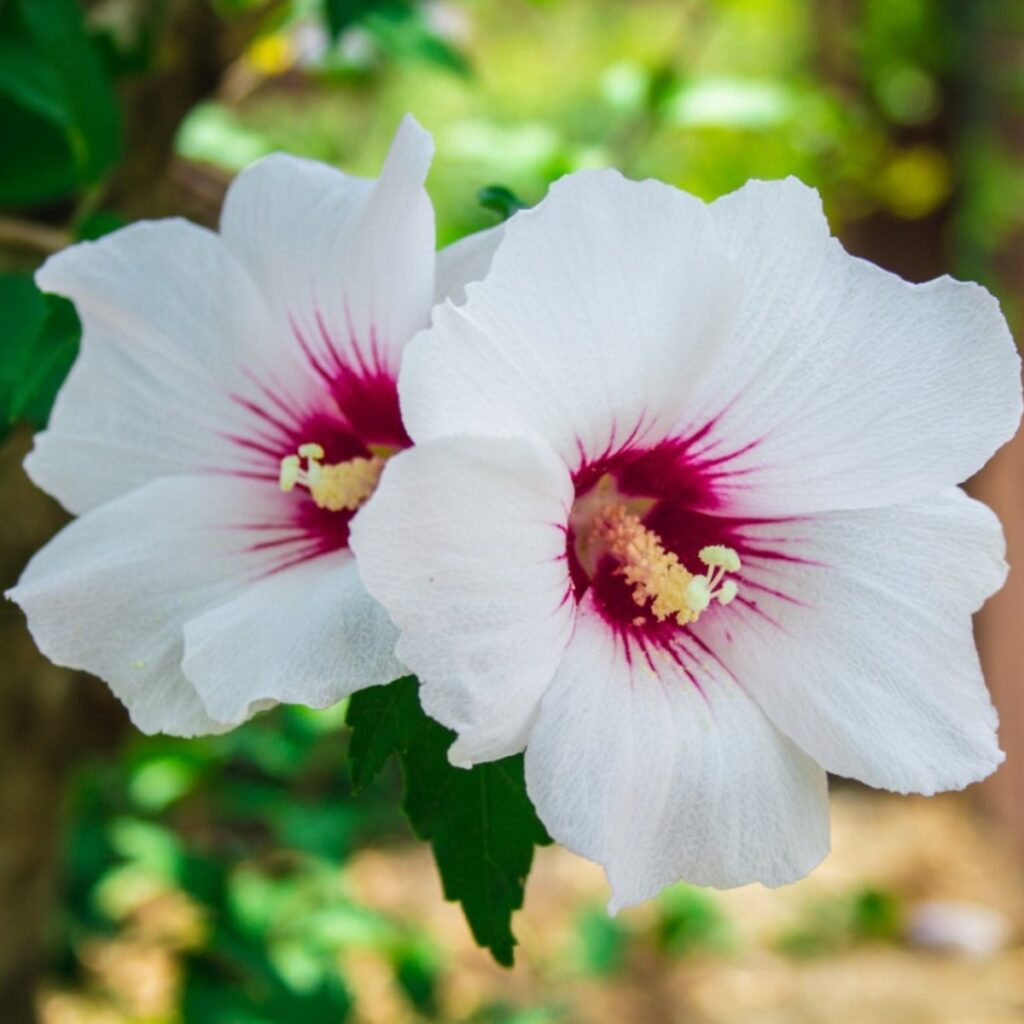
The Hibiscus genus consists of over 200 species, found in warm temperate, tropical, and subtropical regions around the world. These plants are prized for their large, colorful flowers that range from soft pinks and whites to bold reds, yellows, and oranges.
The two most popular types of hibiscus grown by gardeners are:
- Tropical Hibiscus (Hibiscus rosa-sinensis): Evergreen shrubs ideal for warm, frost-free climates or as container plants indoors.
- Hardy Hibiscus (Hibiscus moscheutos and related species): Deciduous perennials suited for temperate regions, known for their massive, dinner-plate-sized flowers.
Both types produce stunning blooms, but their flowering duration and habits differ slightly.
How Long Do Hibiscus Flowers Last?
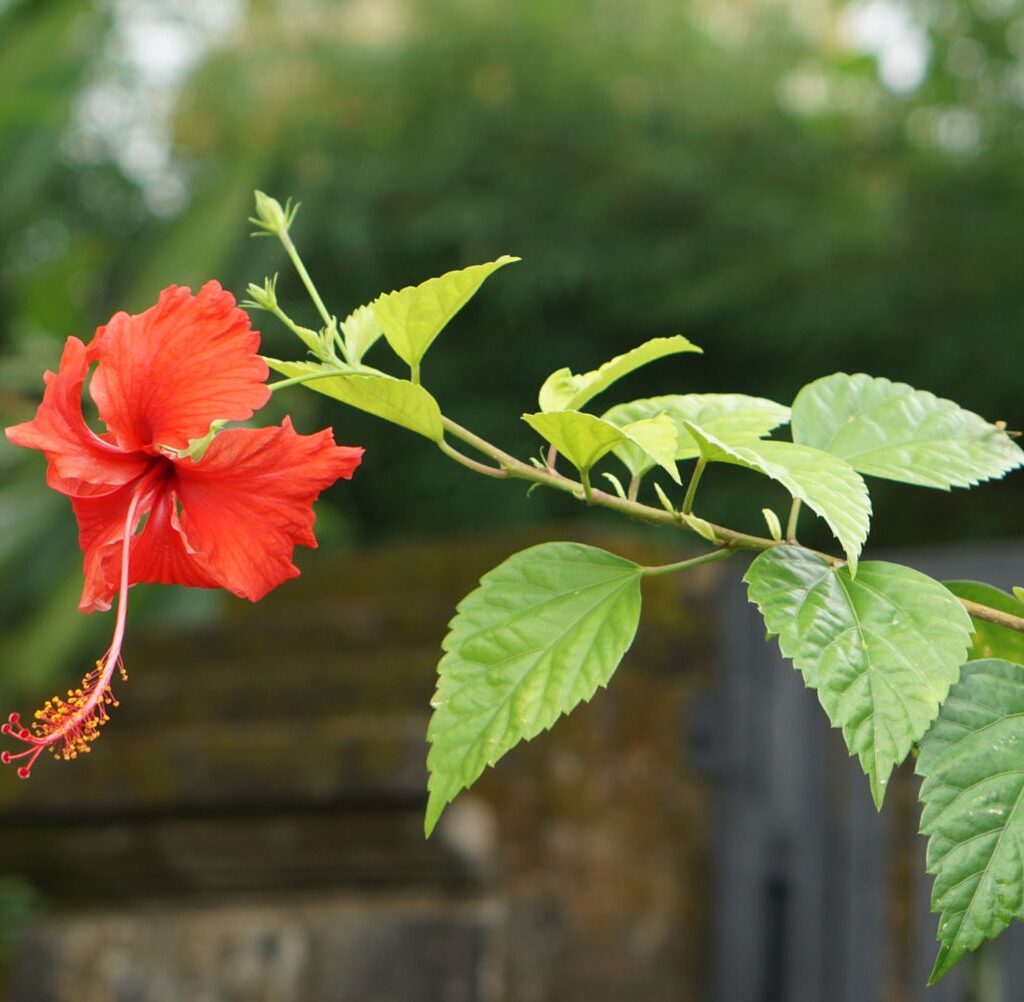
On average:
- Tropical hibiscus flowers typically last 1–2 days, with each individual bloom opening for a single day before wilting and dropping.
- Hardy hibiscus flowers usually remain open for 1–3 days, depending on environmental conditions and variety.
Even though each flower may have a short lifespan, hibiscus plants are prolific bloomers, producing new buds continuously through their flowering season, which can last for several months.
Flowering Season of Hibiscus
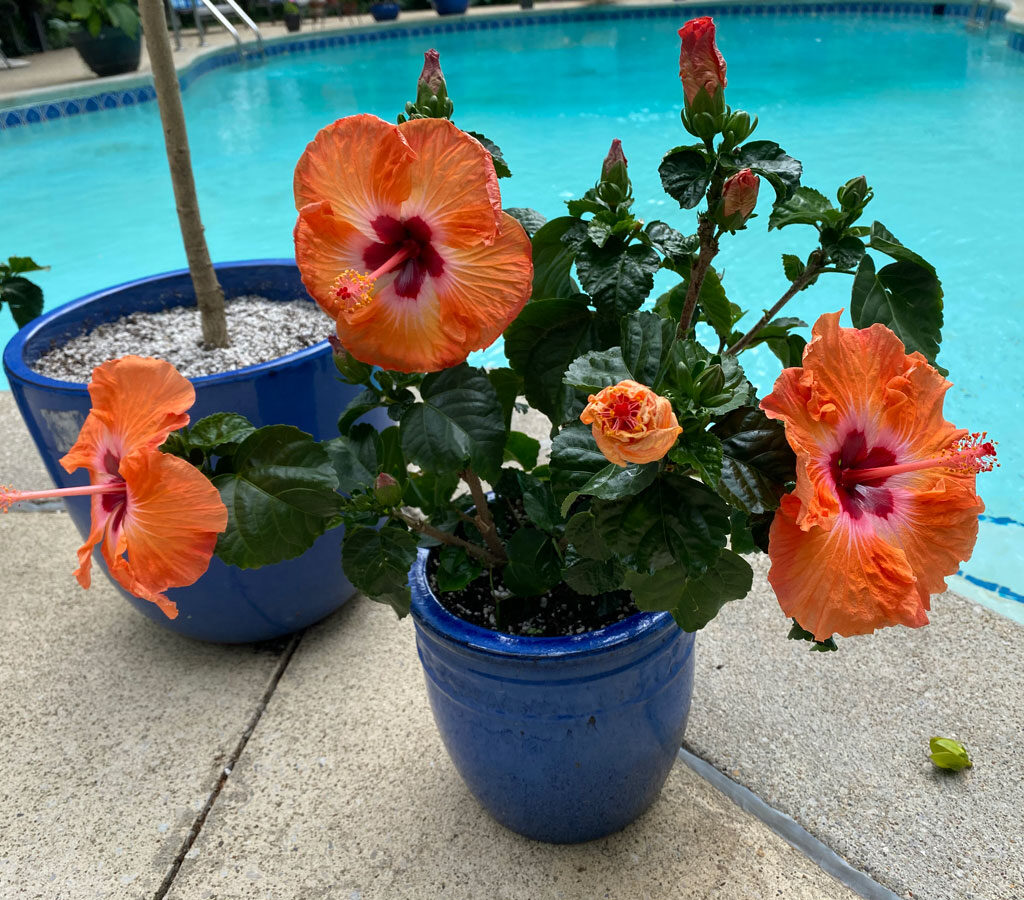
The blooming season varies by type and growing conditions.
- Tropical Hibiscus: Blooms from late spring through fall in warm climates or year-round in tropical regions and indoors.
- Hardy Hibiscus: Blooms from mid-summer to early fall (July to September) in temperate regions.
Well-maintained hibiscus plants can produce dozens to hundreds of flowers over their growing season, ensuring continuous color and beauty in the garden or on the patio.
Factors That Affect Hibiscus Bloom Duration
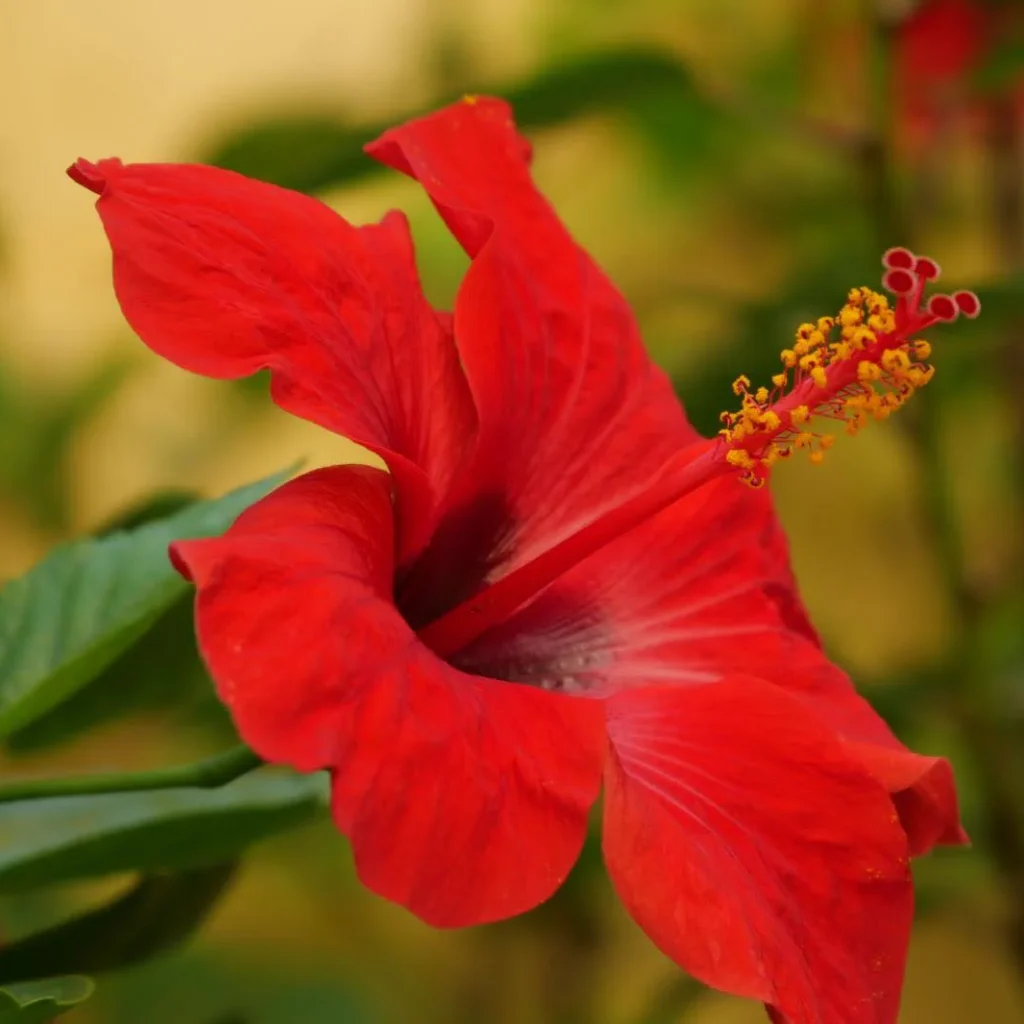
Several factors influence how long hibiscus flowers stay open and how prolifically the plant blooms.
1. Variety and Species
Some hibiscus hybrids and cultivars have been bred for slightly longer-lasting blooms or repeat flowering habits. Always check the specific traits of your chosen variety.
2. Temperature

Hibiscus thrives in warm, sunny conditions. Optimal temperatures for blooming range between 60°F to 85°F (15°C to 29°C).
High heat or cold snaps can reduce flower longevity:
- Excessive heat can cause buds to drop prematurely.
- Cool temperatures slow blooming or shorten bloom life.
3. Light Exposure
Hibiscus plants require 6–8 hours of direct sunlight daily to produce abundant, long-lasting flowers. Insufficient light reduces the number and size of blooms.
4. Watering and Soil Moisture
Consistent watering is essential for healthy hibiscus blooms. Both overwatering and underwatering can stress the plant and cause buds or flowers to drop early.
- Keep soil moist but well-drained.
- Avoid letting the plant dry out completely or sit in soggy soil.
5. Fertilization
Proper nutrition supports continuous blooming. Use a balanced, slow-release fertilizer (like 10-10-10 or low-phosphorus blends) every 4–6 weeks during the growing season.
Over-fertilizing, especially with high nitrogen, can lead to lush foliage with fewer flowers.
6. Pruning and Deadheading
Regular pruning encourages new growth and fresh flower buds. Deadheading — removing spent blooms — prevents seed formation and promotes more blooms.
7. Pests and Diseases
Aphids, whiteflies, and fungal infections can damage buds and flowers, shortening bloom duration. Regular inspection and organic or chemical treatments help keep plants healthy.
How to Prolong Hibiscus Flowering
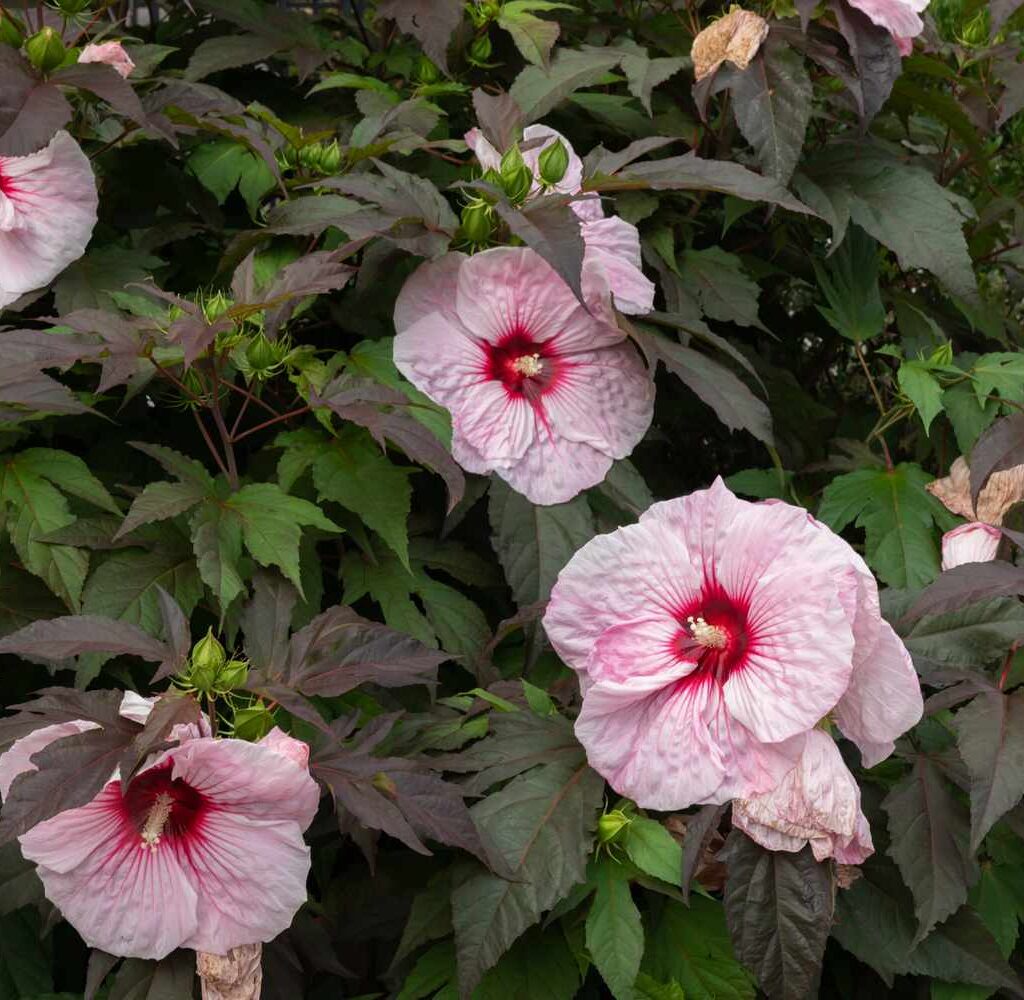
While each individual flower may last only a day or two, you can extend your hibiscus plant’s blooming season with the right care:
Provide Full Sun
Position your hibiscus where it receives 6–8 hours of direct sunlight. If grown indoors, place it near a south-facing window or under a grow light.
Maintain Consistent Moisture
- Water deeply whenever the top inch of soil feels dry.
- Reduce watering frequency in cooler months but avoid allowing the soil to completely dry out.
Fertilize Regularly
Use a hibiscus-specific or balanced fertilizer:
- Apply a low-phosphorus fertilizer (like 17-5-24) for tropical hibiscus.
- Fertilize hardy hibiscus in early spring and midsummer.
Avoid overfeeding, which can reduce blooming.
Prune Strategically
Prune lightly in early spring to remove dead or weak branches and shape the plant. This encourages bushier growth and more flower buds.
Protect from Temperature Extremes
- Move tropical hibiscus indoors during cold snaps or frost.
- Use mulch around hardy hibiscus in winter to protect roots.
Deadhead Spent Flowers
Remove faded blooms daily to direct the plant’s energy toward producing new flowers.
Common Hibiscus Flowering Problems
| Issue | Cause | Solution |
|---|---|---|
| Bud drop before opening | Overwatering, pests, temperature swings | Adjust watering, treat pests, stabilize conditions |
| Few or no blooms | Insufficient light or excessive nitrogen | Increase sun exposure, adjust fertilizer |
| Flowers last less than a day | Normal for most tropical varieties | Improve overall plant care for continuous blooming |
| Yellowing leaves and poor blooms | Water stress or soil imbalance | Check moisture, pH, and soil health |
Quick Blooming Facts
| Hibiscus Type | Individual Flower Lifespan | Blooming Season |
|---|---|---|
| Tropical Hibiscus | 1–2 days | Late spring to fall (year-round indoors) |
| Hardy Hibiscus | 1–3 days | Mid-summer to early fall |
Conclusion
To conclude, while individual hibiscus flowers may only stay in bloom for 1–3 days, the plants themselves can produce an abundance of flowers continuously through the growing season with proper care. Factors like plant variety, sunlight, temperature, watering habits, and soil conditions all play a crucial role in determining both the lifespan of individual flowers and the overall length of the blooming period.
With thoughtful gardening practices — including strategic pruning, consistent watering, and appropriate fertilization — you can enjoy a stunning display of hibiscus blooms that brighten your garden, patio, or home for months at a time. Whether you prefer the tropical vibrance of Hibiscus rosa-sinensis or the hardy, oversized blossoms of Hibiscus moscheutos, these flowering plants remain some of the most rewarding and beautiful additions to any plant collection.





